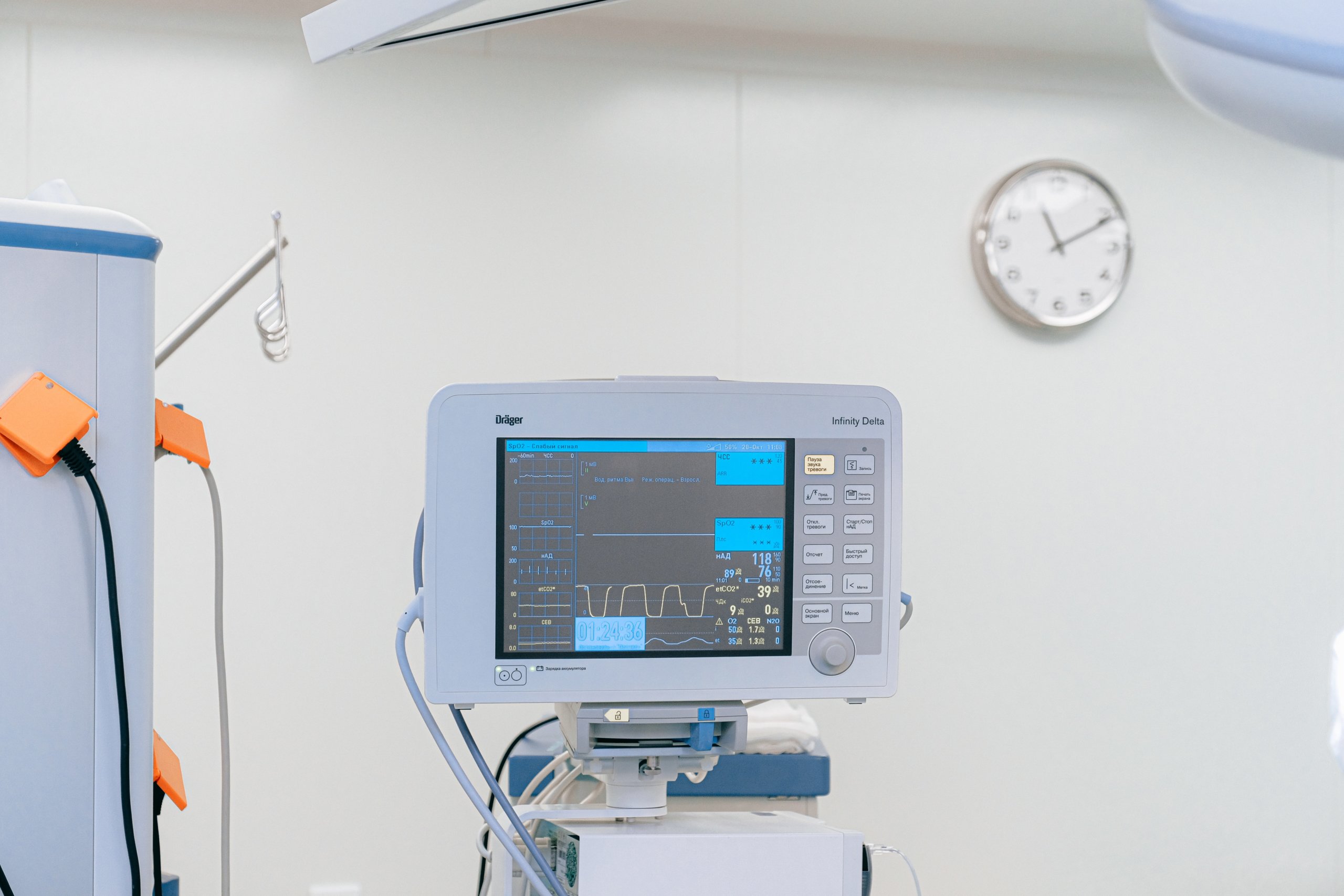Top Healthcare Tech Trends of the 2020s – Part 1
May 18, 2020 - 8 minutes read Healthcare is one of the most enormous industries in the world. Yet, it lacks modern technology when compared to numerous other sectors. Sure, there’s the DaVinci robot that allows doctors to remotely perform surgery. And many doctors now input your appointment details straight into an iPad. But overall, medicine needs a huge dose of tech innovation.
Healthcare is one of the most enormous industries in the world. Yet, it lacks modern technology when compared to numerous other sectors. Sure, there’s the DaVinci robot that allows doctors to remotely perform surgery. And many doctors now input your appointment details straight into an iPad. But overall, medicine needs a huge dose of tech innovation.
As we roll into the 2020s, we’re looking forward to how technology is going to vastly improve healthcare, and more specifically, the patient experience. Before the turn of the decade, we saw several new tech trends that will be implemented in the coming years. In this first part of our healthcare tech trends series, we’ll cover how artificial intelligence (AI), machine learning (ML), electronic health records (EHRs), 5G, blockchain, and chatbots will transform our medical experiences — and unlock a healthier future for us all.
The Promise of AI and ML
The rapid development of AI and ML are allowing us to apply these innovative emerging technologies to healthcare already; every year, the impact these two fields are making on healthcare grows larger. From automating patient follow-up and appointment-setting to enabling a robot to assist patients, AI has the potential to change and save lives.
Experts predict that consumers will eventually buy the latest AI-enabled healthcare apps to monitor and optimize their health without having to visit a doctor’s office.
But patients aren’t the only benefactors of AI in healthcare: therapists can use clinical AI robots to administer cognitive behavioral therapy, radiologists can employ AI to help them detect or dismiss health conditions, and robots can reduce paperwork for administrators. When providers and administrators experience time savings, patients wait less, services cost less, and diagnoses can become more accurate.
Improving EHRs
Patient medical records are currently in a disarray. In the US, if you move out of state, there’s a good chance that your new provider will be using a different EHR system than your previous provider.
These records come in a wide variety of forms that contain different facets of information. For example, EHRs contain general patient information, treatment plans, diagnoses, progress notes, surgery results, lab results, outcomes, and much more. The information could be attached as audio, video, or a piece of paper.

In the 2020s, experts want to see providers move to common EHRs so patients can seamlessly take their information to another doctor’s office. For medical professionals, EHRs save tons of time by allowing the provider to skip the usual basic questions and dig into other areas that may have been neglected in the past.
Patients can be reached through text and email without a receptionist having to lift a finger. And best of all, EHRs can’t get lost, burned, or stolen by a malicious party. They’re built with enhanced levels of cybersecurity and access levels to prevent data theft.
Seamless 5G Connectivity
5G has only been implemented in a few select cities like Los Angeles, so we haven’t experienced the true benefits of this cellular technology within our healthcare system yet. But when it becomes more widespread, we’re going to see 5G become a turning point for healthcare IT infrastructure. Most people’s experience with hospital Wi-Fi is that it’s either non-existent or mind-numbingly slow.
With 5G, a hospital can truly become connected. Remotely monitoring patients in real-time, paging doctors immediately when something doesn’t look right, and faster loading speeds for those huge medical image files are some of the first improvements 5G will bring.

Down the line, ambulances en-route can send the emergency room staff the patient’s EHR without any latency issues, families can monitor their loved ones without the risk of contaminating their hospital room, and a concierge robot can keep you posted about your loved ones’ vitals, rather than you having to bug a very busy nurse.
Imagine using a 5G network to remotely train physicians for surgery and administration, a remote surgery taking place internationally on a 5G network, and AI working in real-time to analyze patients across the entire hospital.
It’s difficult to predict exactly how we’ll use 5G over the next decade, but experts expect 5G to completely transform several aspects of the patient experience.
Implementing Blockchain
Blockchain is a trendy technology that many people dismissed as an overhyped paradigm that didn’t hold much potential for medical applications. But because blockchains have built-in anonymity and security, it turns out that it’s actually the perfect technology to implement in healthcare.
Using blockchain to secure EHRs would create records of who accessed which record at what time. It anonymizes EHRs so that hackers can’t steal personal or identifiable information using cryptography.
One of blockchain’s best features is that peer networks copy blockchains in real-time, so if the original blockchain was ever corrupted, deleted, or stolen, there are multiple copies of the blockchain living on different networks that hold the truth.
Intuitive, Personable Chatbots
Chatbots are already improving by the day. Whereas we used to give a chatbot our email address so a human could contact us, they’re now coded and routinely optimized with answers to common questions and issues.
Chatbots in the healthcare industry can provide a great source of comfort and information to patients and their families. They offer empathy and emotional support to patients. Patient-only chatbots track the patient’s health, connect the patient to clinicians for diagnosis and treatment options, and analyze the patient’s data. Other chatbots help rural patients deal with emergency situations and simpler medical issues with a walk-through-style conversation.
Revolutionizing the Healthcare Game
Healthcare is already a $200 billion industry. But the technologies we’ve discussed will expand the industry’s worth exponentially over the next few years.
In our next post, we’ll cover how computer vision and image recognition, wearables, virtual reality, telemedicine, and voice search are going to impact medicine and the patient experience in the 2020s. So stay tuned!
Have you seen any of these technologies implemented in a cool way at your doctor’s office or at your local hospital? Let us know in the comments below!
Tags: AI, AI App Developer, AI App Development, app developers Los Angeles, Los Angeles AI app developer, Los Angeles app development, Los Angeles eHealth app developer, Los Angeles MedTech app developers, Los Angeles MedTech app development, Los Angeles mobile app development, medical app developer, medical app development, medical apps, MedTech app developer Los Angeles, MedTech app developers Los Angeles, mobile app developer los angeles








